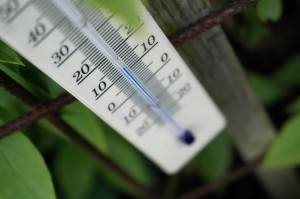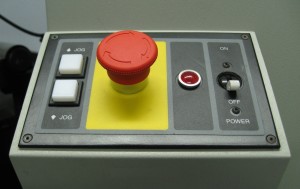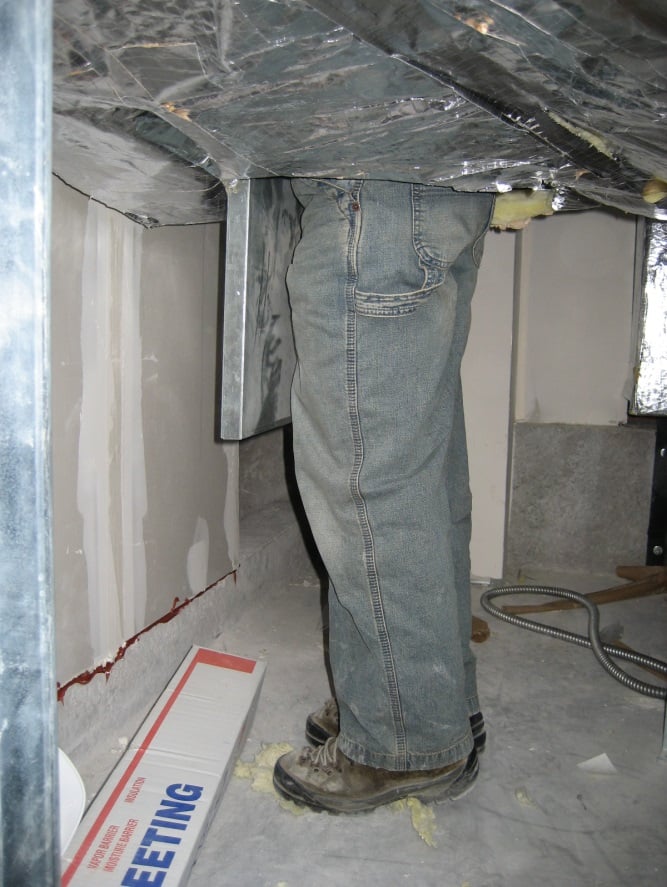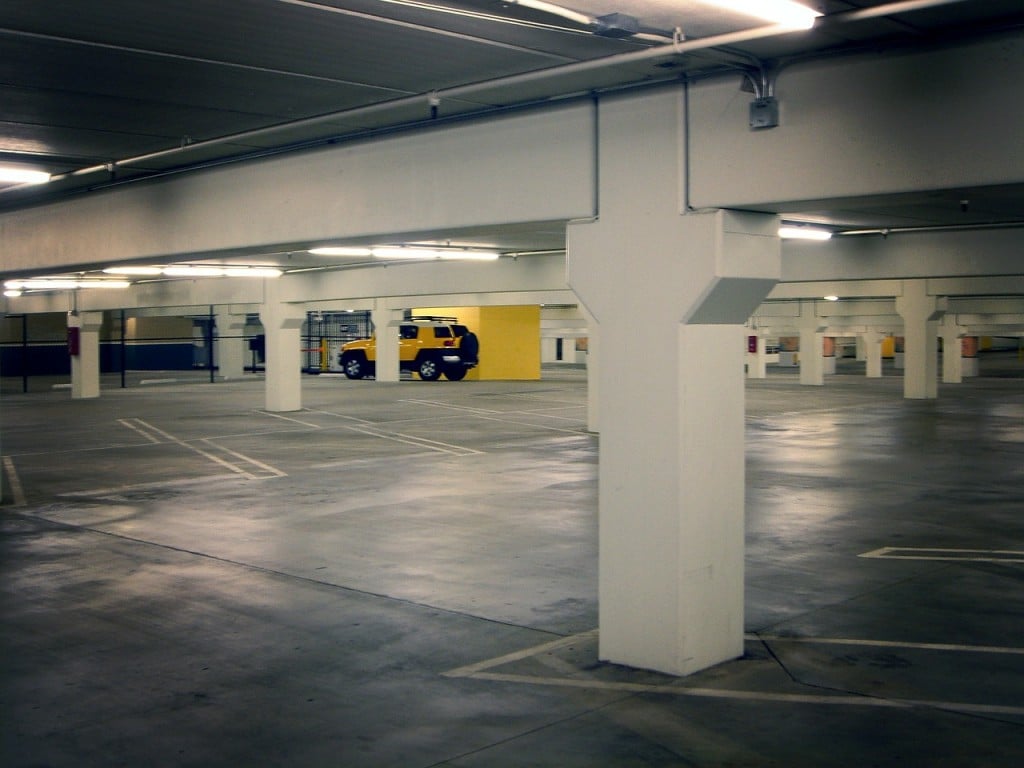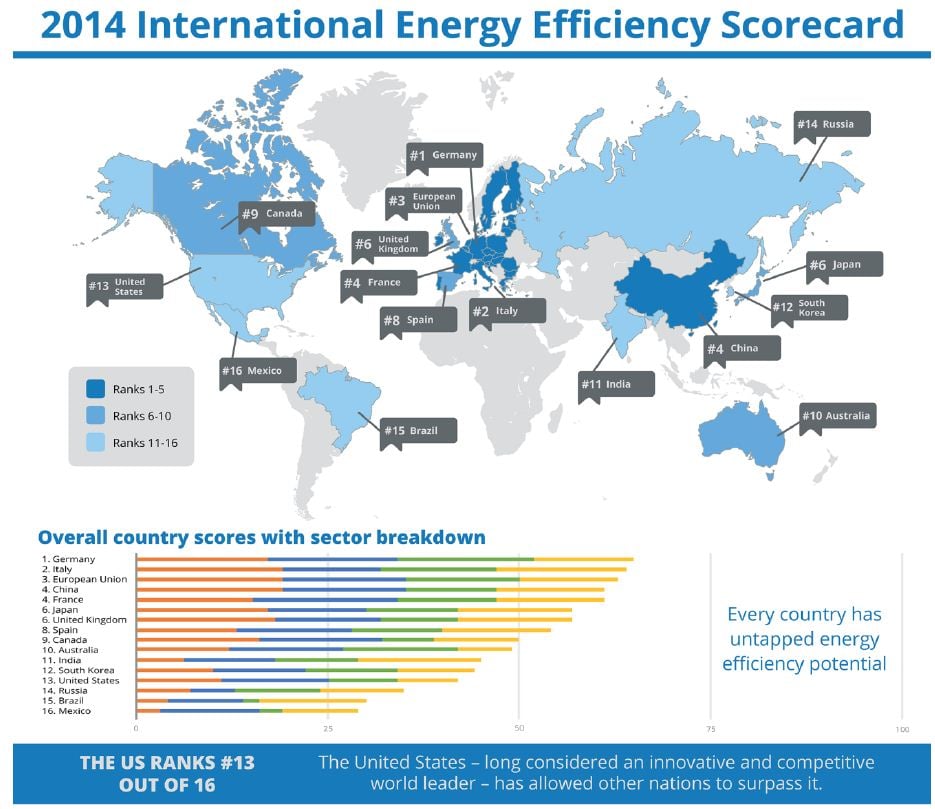In a previous blog post, I discussed our process for constructing a scope of work to perform a campus water consumption analysis. At the time, we knew a minimal amount about the existing metering system. A site visit was conducted to allow us to put our eyes on each meter listed for the campus. After this was completed, we were able to provide helpful information to our client regarding the current water consumption and metering system as well as next steps for reducing their consumption using a greater level of water use monitoring.
3 min read
Performing a Water Consumption Analysis (Part 2)
By Katie Mason on Oct 15, 2014 6:00:00 AM
Topics: Standards and Metrics Building Performance & Technology
2 min read
Is a Cold Weather Heat Pump Right for Your Building?
By Walker Calderwood on Oct 8, 2014 6:00:00 AM
Before joining Cx Associates I worked as a sales engineer in western New York, with a specialty in Variable Refrigerant Flow and Ductless Split systems. With the new popularity of these systems across the country there are still many questions facilities managers, engineers, and contractors have regarding their cold weather performance. There are several important aspects of these systems to keep in mind before deciding whether they are right for your facility or project that requires cold weather heating.
Topics: Building Performance & Technology
3 min read
Proven Energy Savings through Building Retro-Commissioning
By Eveline Killian on Oct 1, 2014 6:00:00 AM
The least utilized part of the building commissioning process is the act of going back to a completed project and proving the monetary value of the commissioning work. This is an added cost but is very important for the building owner as well as the commissioning agent to ensure changes were implemented correctly. Fortunately, we have many affordable options these days to measure the energy consumption of our building equipment before and after our commissioning work. Armed with this real-life performance data, we can present the owner with hard evidence of the value of fine-tuning a building’s mechanical system. We recently did such a review of two buildings which underwent building commissioning in the past 18 months. By analyzing the data, we found savings for these buildings range from 18-30% with relatively short payback periods.
Topics: Building Cx & Design Review Energy Efficiency
3 min read
The Hand-Off-Auto (HOA) Switch and Efficiency
By Ben Fowler on Sep 24, 2014 6:00:00 AM
I recently had a meeting with one of my favorite long-term clients. We met to discuss some upcoming work, and while there, I poked around in the chiller plant mechanical room to see how things were running. We were involved in design review and commissioning for the new chiller plant, and have been impressed with its efficiency. It’s a water cooled chiller with high efficiency, magnetic bearing compressors and all the bells and whistles. In the past, we’ve metered consistently high performance out of the chiller plant as a whole, saving the client many thousands of dollars per year in electrical savings.
Topics: Workplace & People Building Performance & Technology
4 min read
Is Big City Engineering Better than Local Engineering?
By Jennifer Chiodo on Sep 17, 2014 6:00:00 AM
My business partner, Matt Napolitan and I each spent 10 years working at major, international engineering firms. I worked for nationally ranked 11th Syska Hennessy Group in their San Francisco office and Matt worked for 14th ranked Buro Happold out of their New York office. We now operate a 10-person engineering consulting firm in Burlington, Vermont. We know both large, big-city engineering and local, Vermont engineering.
Topics: Building Cx & Design Review Public Policy
3 min read
Accounting for Uncertainty in Energy Savings Estimates
By Brent Weigel on Sep 10, 2014 6:00:00 AM
Let’s be honest with ourselves: when it comes to estimating the potential energy savings of proposed energy efficiency/conservation measures (EEMs/ECMs), there is uncertainty. Assumptions and uncontrolled variables can make or break the preliminary estimates for an EEM/ECM. For example, a $5,000 lighting controls EEM/ECM may offer annual energy savings of $1,000/year (5 year simple payback) if a facility is unoccupied for 4,000 hours per year, or only $750/year (7.5 year simple payback) if the same facility is unoccupied for only 3,000 hours per year. Unknown and uncontrolled variables, such as building occupancy and use, introduce considerable uncertainty to estimates of energy savings.
Topics: Energy Efficiency
3 min read
Carbon Monoxide and Parking Garage Ventilation Systems
By Katie Mason on Aug 27, 2014 6:00:00 AM
When it comes to enjoying the many positive features of an enclosed parking garage, most users will not think about the type of ventilation system in place. But an enclosed parking garage poses an issue with carbon monoxide (CO), a very harmful toxic gas that is created when “fuels burn incompletely – most vehicles have an internal combustion engine where this occurs”[1]. Known as a “silent killer,” CO has no odor or color, but can very quickly poison a person before they even sense anything is wrong. Because of this risk, it’s especially important to make sure there is a proper ventilation system in any enclosed area where there is a potential for formation of CO. In this blog post, I will discuss the pros and cons of two current system designs that are typically used. When an engineer designs a ventilation system for an enclosed garage, they carefully calculate how much CFM is required based on square footage and quantity of operating vehicles. Depending on climate and location, the applicable standard/code for ventilation must be carefully followed to ensure the minimum requirements are met.
Topics: Energy Efficiency Building Performance & Technology
3 min read
On Building Commissioning, Quality and the Software Industry
By Ben Fowler on Aug 6, 2014 6:00:00 AM
The software business and the commercial construction industry wouldn’t seem to have a lot in common. Just start with the workers: geeks in cubes versus people in hard hats and steel-toed boots. But going beyond the obvious differences, both industries operate with many of the same challenges and pressures. Let's start with the similarities and then look at how the building commissioning process may offer valuable lessons for the software industry.
Topics: Building Cx & Design Review Building Performance & Technology
2 min read
Smart Residential HVAC Monitoring
By Brent Weigel on Jul 30, 2014 6:00:00 AM
There seems to be a parade of “smart” devices in the marketplace today, and residential HVAC providers are offering new opportunities to be “smart.” Pretense aside, there are some interesting benefits and risks associated with recent offerings for residential HVAC monitoring.
Topics: Building Performance & Technology
3 min read
US Ranks 13th out of 16 in Energy Efficiency
By Jennifer Chiodo on Jul 23, 2014 7:00:00 AM
Energy efficiency is a tremendous opportunity that we are squandering at the federal level. While many states have adopted aggressive energy savings goals and have committed the necessary resources to advance both policy and practice toward meeting those goals, little federal action has been taken to advance building and transportation efficiency. The ACEEE’s 2014 International Energy Efficiency Score Card ranks the US near the bottom of industrialized economies in efficiency. The countries that are doing worse than we are include Russia, Brazil and Mexico.


